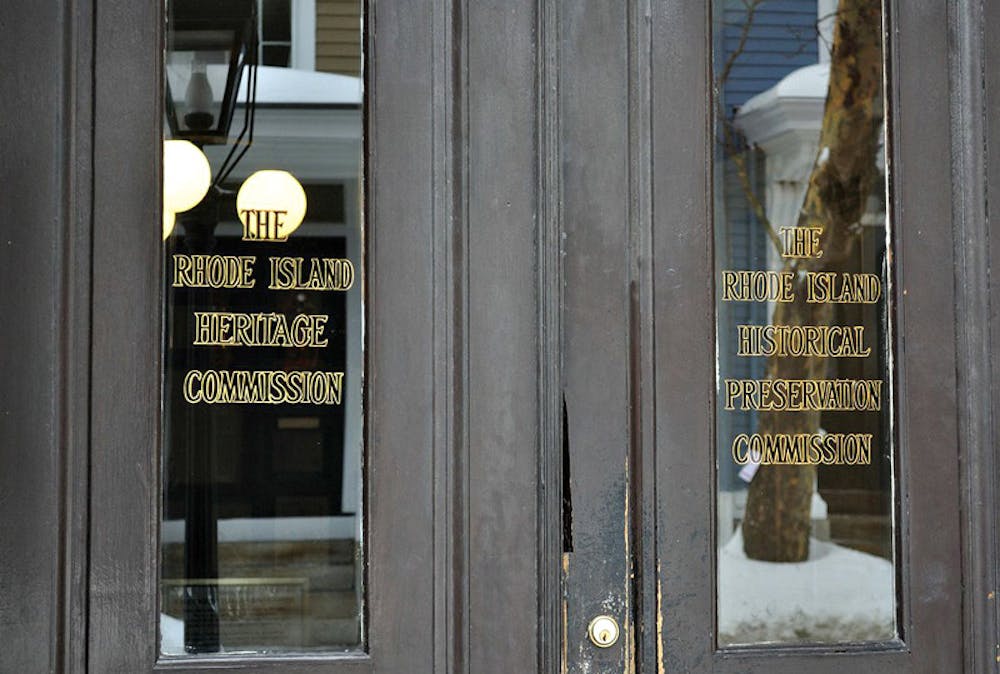The Rhode Island Historical Preservation and Heritage Commission is currently working with the Rhode Island Black Heritage Society as part of a new $25,000 grant to research black history in the College Hill Historic District.
The state was one of 13 to receive a grant through the National Park Service’s initiative to broaden the diversity of property listed under the National Register of Historic Places, said Joanna Doherty, RIHPHC senior architectural historian.
Rhode Island’s proposal focused on the College Hill Historic District, which was originally nominated for the National Register of Historic Places in 1970. It includes the area bordered by Olney Street, Hope Street, George M. Cohan Boulevard and the Moshassuck and Providence rivers, according to RIHPHC’s Jan. 29 press release. The grant will aim to revise the listing to include the history and contributions of black people in the area.
The nomination process includes a description of buildings in the district and a statement of significance explaining why an area should be included, Doherty said.
When the initial document was written to make College Hill a historic district, there was “literally one line about African-Americans in the whole document,” said Ray Rickman, RIBHS senior advisor and former state representative. It said that “African-Americans lived here … they’re poor, and they don’t take care of their property very well.”
“The problem with that is one-third of African-Americans were not poor,” Rickman said, adding that the proposal’s writers “took the whole black race and painted them one color.”
“Black history was erased,” Rickman said.
The house of black painter Edward Bannister, the founder of the Providence Art Club, was included only because a wealthy woman who was an art collector lived there after him, Rickman said. “Bannister, who’s 10 times more famous than she is, doesn’t get mentioned.”
The University has used Bannister’s house — also known as the “Vault” at 93 Benevolent Street — as a refrigerator storage site, the Providence Journal reported.
Under this grant, the boundaries of the district will most likely stay the same, Doherty said, but the project will “add another layer of significance” to “sites already identified as historic but not for their association with African-American heritage.”
The project will span two years of research and outreach “about how sites in the district relate to African-American history,” and at the end of the project the amended nomination will be submitted for approval by the National Park Service, according to the press release.
Possible sites include the brick schoolhouse on Meeting Street, which served as a school for black children in the 1800s, as well as the Providence Shelter for Colored Orphans on Olive Street that was built in the late 1900s, Doherty said.
“Black-owned homes, data on blacks renting houses … and black neighborhoods within College Hill will be included, all the way back to colonial times with black slaves helping to build University Hall,” Rickman said.
Other sites include the houses of opera singer Sissieretta Jones and Wriston Quadrangle, which used to be a mostly black neighborhood, Rickman said.





